Develop a treatment plan for a patient with lymphatic system impairment.
Goal 1: Open myofascial pathways at central transition areas of the body first and then peripheral.
Goal 2: Maximize normal diaphragmatic motions.
Goal 3: Increase pressure differentials or induce motion in order to pump or otherwise augment fluid flow beyond normal levels.
Goal 4: Mobilize targeted tissue fluids into the lymphatico-venous system from going from distal to central.
(12) Respiratory/Circulatory Screening Exam (Diagnostic)
Respiratory Movement
Leg length
Lumbar spine curvature
ASIS position
ASIS compression test
Lumbosacral transitional region (Lumbopelvic junction)
Thoracolumbar transitional region (Thoracolumbar junction)
Cervicothoracic transitional region (Cervicothoracic junction)
Occipitocervical transitional region (Craniocervical junction)
Shoulder position
Arm length
Areas of passive congestion
indications for lymphatic techniques.
Edema, tissue congestion, or lymphatic stasis
Infection
Inflammation
contraindications for lymphatic techniques.
Aneuresis if not on dialysis
Necrotizing fasciitis (in area involved)
Lack of patient consent and/or cooperation
Indications: Any condition involving lymphatic congestion
Diagnosis: fascial restriction in the supraclavicular fossa
~Apply an inferior/anterior pressure to the clavicle while moving the patient’s arm from external to internal rotation.
This pressure is maintained as the arm is brought back into external rotation.
Supine Thoracic Inlet Release

Indication: Decreased respiratory excursion on screening exam
Diagnosis: assessment of decreased diaphragm motion during exhalation
~Have the patient inhale and exhale deeply. During exhalation press the thumbs gently cephalad and posteriorly, following the motion of the diaphragm.
Hold the position during inhalation.
Direct Doming of the Diaphragm
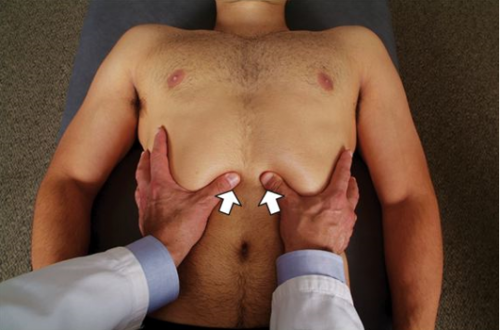
Indication: lymphatic congestion in the pelvis and lower extremity or visceral disease such as dysmenorrhea, constipation
Diagnosis: pelvic diaphragm has descended and is restricted in moving superiorly (inhalation somatic dysfunction).
With exhalation, encourage diaphragmatic excursion by pushing the fingers superior and slightly anterior.
Direct Doming of the Pelvic Diaphragm
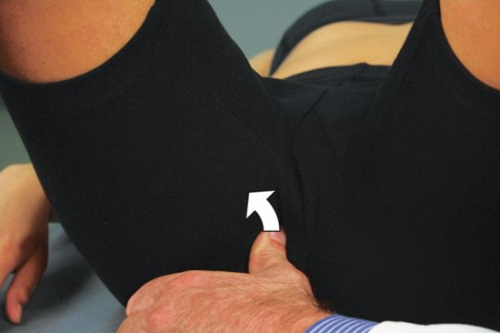
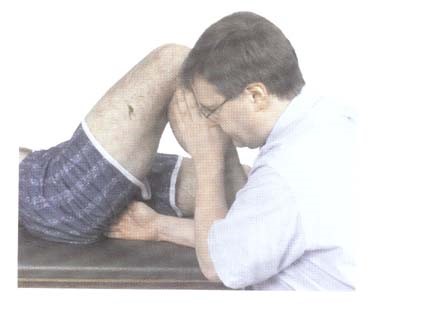
Indication: restricted lymphatic drainage of the upper extremity
Diagnosis: observation of edema of the upper extremity
~Apply traction in an anterior/superior direction to stretch and relax the muscles and deep underlying fascia in the axilla.
Pectoral Traction
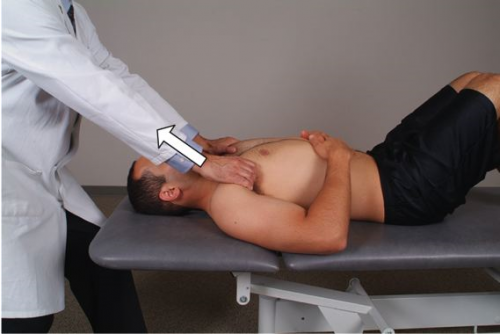
Indications: lymphatic congestion of the lower extremity or disease of the distal lower extremity ie. venous stasis ulcer or sprained ankle
Diagnosis: tight fascia or swelling distal to the region~gentle traction in an anterior and lateral direction as the hamstring tendons spread laterally.
Hold for 15 to 60 seconds or until the patient feels progressive warmth in the thigh, leg, and foot.
Hamstring Traction
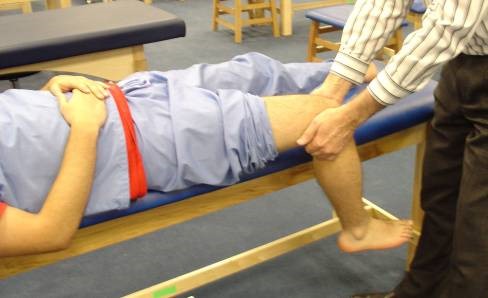
is the light or deep stroking of the skin toward the heart
Effleurage
is the deep kneading or squeezing action to mobilize lymphatic fluid.
Petrissage
Indication: lymphatic congestion of the thorax or visceral disease such as pneumonia
Diagnosis: decreased respiratory rib motion
rate should be 110-120 times/minute.
~hands on the chest wall with the thenar eminences just distal to the clavicles.
~Induce a rhythmic pumping action by alternating pressure and release with the hands.
Thoracic (Miller) Pump

pump only during exhalation.
Hold compressive force during inhalation.
~hold the breath in exhalation.
Instruct the patient to take in a deep breath and as the patient begins to inspire abruptly release the pressure
Modified Thoracic Pump

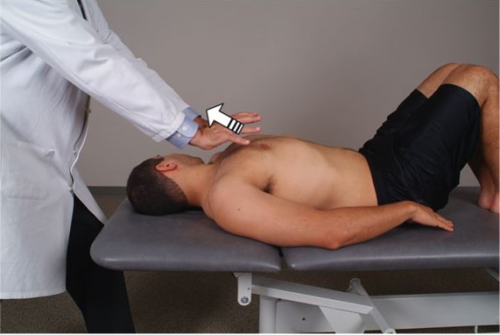
Indications: lymphatic congestion or stasis, infection
2 per second for 2 minutes
Pedal pump




